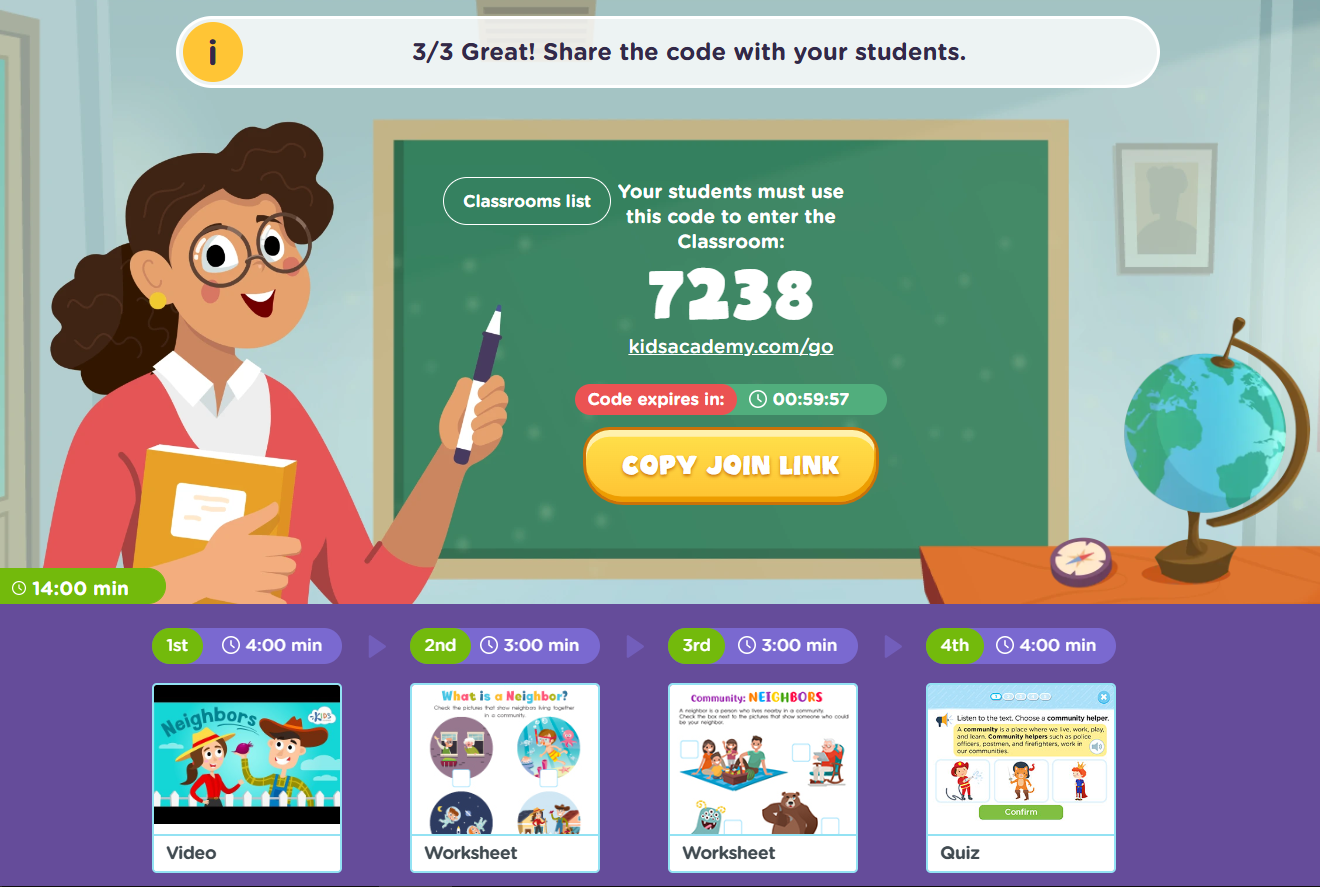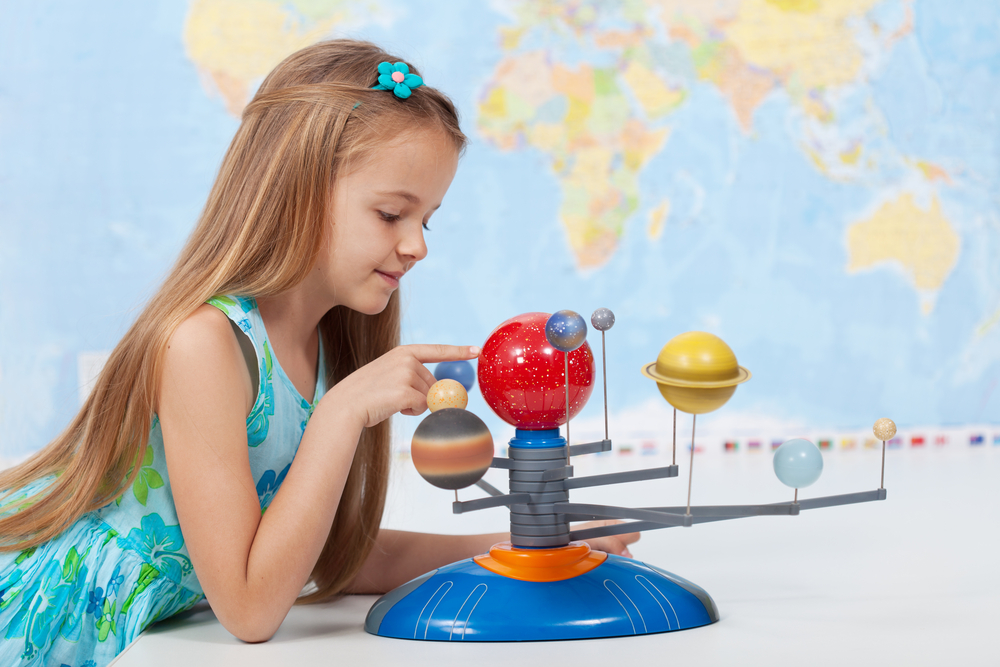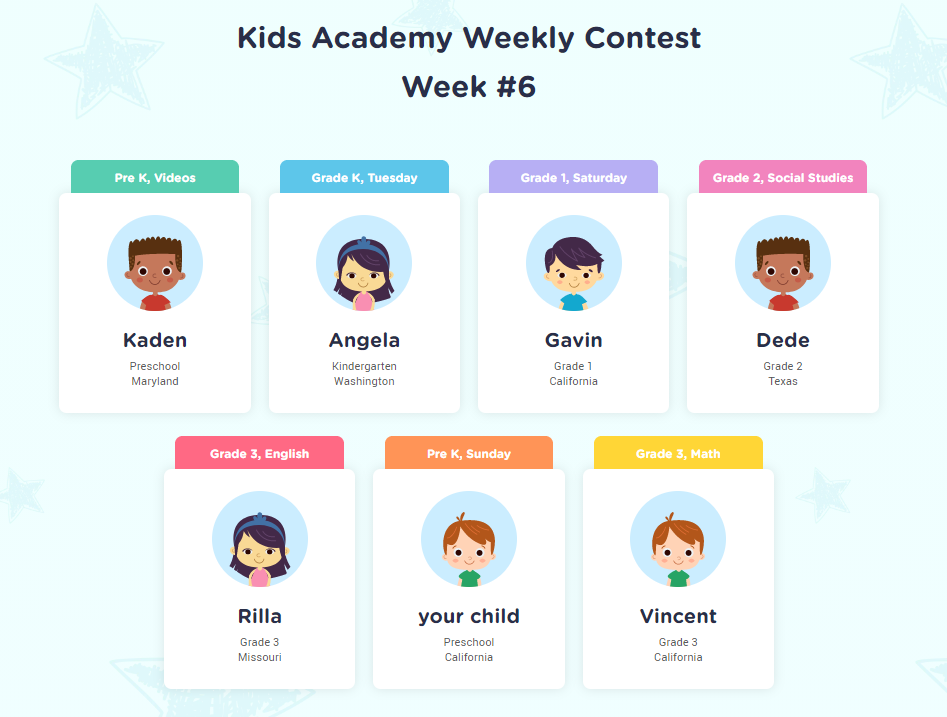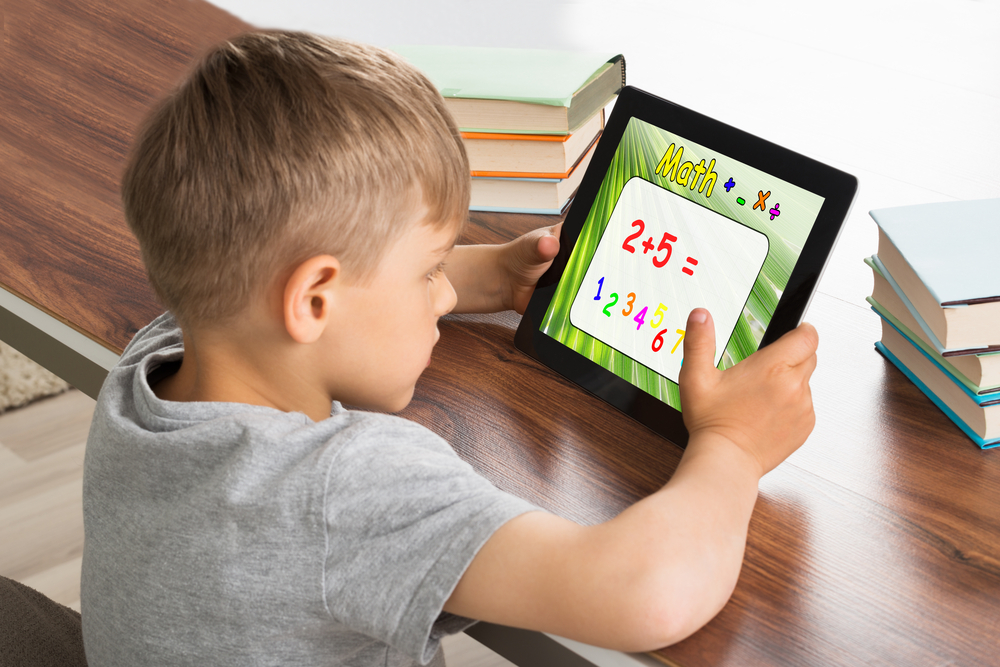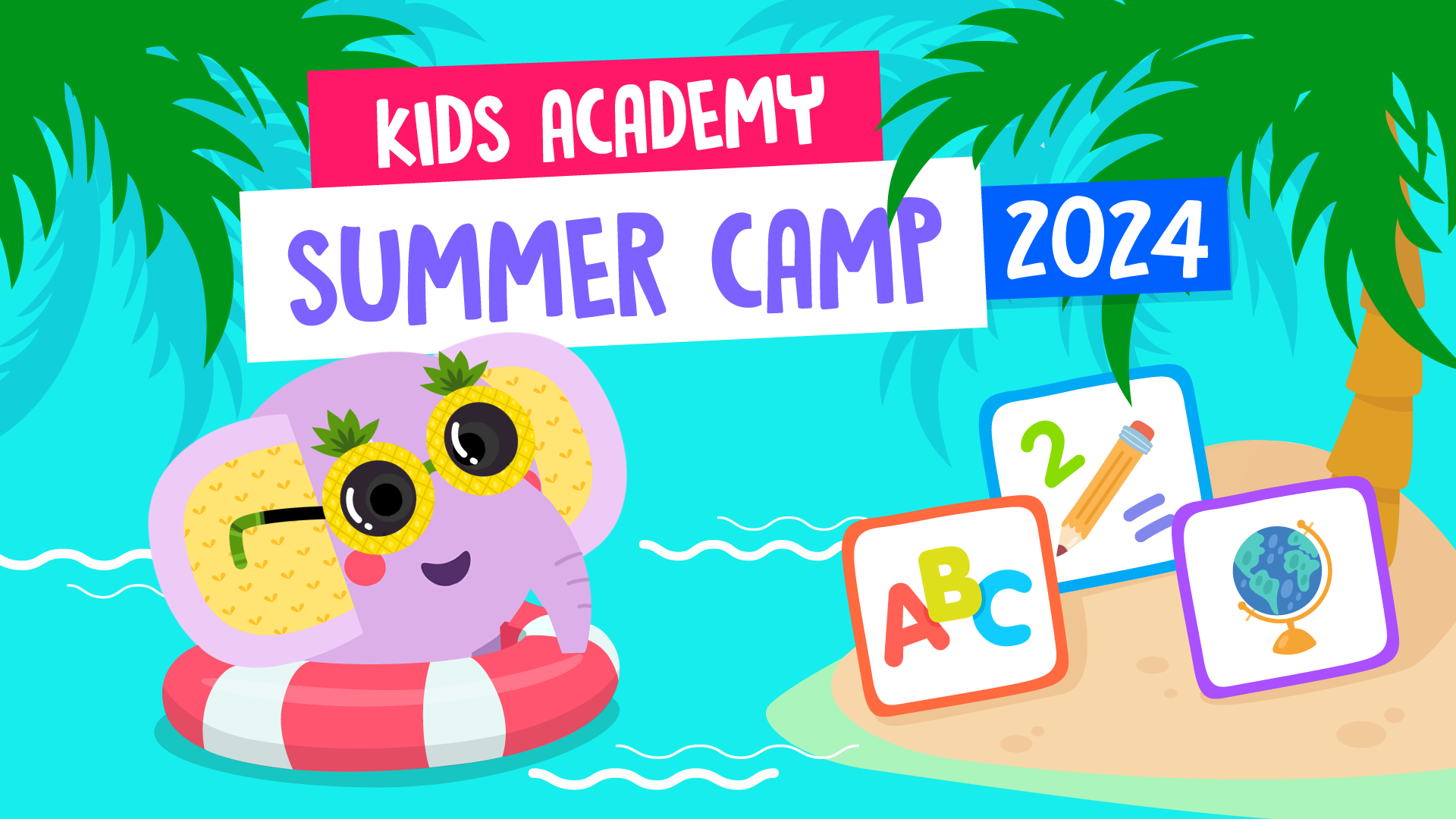The Most Common Reading Problems and Ways to Solve Them
April 22, 2019
As a parent, you may have done everything right by working on early literacy since birth and reading aloud almost daily. And yet you may still find that your child has reading difficulties in the early elementary years. If you find yourself in the same boat, do know that you’re not alone!

The good news is that the vast majority of kids who struggle will eventually be successful and gain strides in fluency and comprehension when given the right amount of support and accommodations. If you think your child needs extra help, the first step is learning how to identify the symptoms of common reading problems.
How to Identify a Struggling Reader
So how can a parent learn to look for signs that the little one in their life needs help learning to read? Be on the lookout for the following clues as your child is growing out of toddlerhood:
Around ages 3 or 4:
- Think about your child’s progress understanding rhyming sounds or words; does he or she have problems remembering nursery rhymes? Try playing rhyming games with your child. If this seems like a difficult task, or if he or she seems completely lost, this can be an early red flag.
- Likewise, if your child struggles to recognize and learn numbers or the alphabet, this may also signal a potential problem.
- Think about your child’s knowledge of shapes, colors, or even days of the week. Particularly with shapes and colors, this may even signal a possible sensory processing disorder.
Towards the end of age 4:
- By this time, kids should have no problem understanding and following conversations or books that are read aloud. While reading, ask your child a question to assess comprehension. Is your child able to answer a simple question and follow along? If not, intervention might be needed.
- Further, can your child follow directions given to him or her in conversation or when read aloud? Test your child by giving instructional steps to see if that information can be retained and completed.
At age 5 and in Kindergarten:
- Most kindergarten students enter school at least knowing how to write their first and last name. Can your child write letters and numbers, including copying them from texts like books, the classroom white board, billboards, etc.?
- After age 5, most children can play games using alliteration, like repeating tongue twisters. If your child has a tough time with this concept, it could be a sign of a phonemic awareness issue.
Towards the end of age 5 and age 6:
- Most kids advancing towards the 1st grade can break words down into smaller parts, or recognize compound words. For instance, can your child tell that the word big is also part of the word bigger? Or can he or she tell that the word summertime contains two words even though it’s written as one?
- Additionally, it can be a problem if students are unable to make new words by taking existing words and changing a letter to make a new one. For example, the word cat can be made into hat by switching out the “c” for an “h”. Again, if children find difficulty with this basic concept, it can be a sign of an issue to address.
If after reading the above list you feel that your little learner may need some help, let’s dive deeper to discover the various reasons kids struggle, as well as types of reading disabilities.
Common Reading Problems

In general, reading disabilities can be grouped into 3 categories:
Issues with Phonemic Awareness
Kids can have trouble reading words on a page for many reasons. It’s possible that children suffer from a sensory processing disorder that affects the way the visually see the text on paper. Or it could be that kids struggle to make a connection between the letter sounds and the written word. Some common causes could be:
- Dyslexia, which affects a child’s ability to decode word sounds
- Irlen Syndrome, which disrupts the brain’s ability to process visual information
- Autism Spectrum Disorder, which is a developmental disorder that can affect how the brain understands speech sounds
Comprehension Problems
Interestingly, some children master word recognition and can read like pros! However, if your child is unable to tell you about what they’ve read, he or she may have a problem with comprehension. These children may face hurdles even when just listening to a teacher or parent read aloud, similarly facing the same difficulty when trying out a passage for themselves.
Mixed Reading Difficulties
Children with mixed reading issues have multiple factors affecting their literacy lessons. For these kids, it’s a mixture of problems which can include decoding words and difficulty with comprehension. These students face a double whammy when it comes to intervention. Not only do they have challenges with phonemic awareness, but once they are able to read the words on the page, retaining information and understanding it is a subsequent problem-area.
At this point, you might be wondering how to tell the difference between a difficulty and a reading disorder. While it can tricky diagnosing reading difficulties, be aware how your preschooler is progressing and think about whether your child seems to be having more of a challenge than others. Also, it can also be considered a disorder if the difficulties are affecting your child’s self-esteem, or their ability to catch up to grade-level work in school. While some kids do in fact learn slower than others, any difficulty that affects your child’s daily life should be evaluated by a professional.
What You Can Do to Help
Whether your child faces reading challenges or even what you think may be a disability, it’s important to seek help and to employ some of the best strategies specifically targeted for your little one. Try the following to find effective interventions:
If your child is over age 3, contact your local school district
From birth up until age 3, your state provides intervention services. However, diagnosing reading difficulties will fall to your local public-school district beginning with age 3. Reach out to your zoned campus and request your child to be assessed for a learning disability. Together with school psychologists and intervention specialists, your district can find the problem and suggest a plan of action through an Individualized Education Plan, or IEP. Such a plan will stick with your child until he or she no longer needs services. 1st graders, as well as 6th graders and even seniors in high school may continue to receive special education services if they qualify!
Memorize sight words and use environmental cues
Some of the best fluency strategies include simply teaching sight words for quick recall. Use flashcards, or better yet, use common words that are found in the environment. For example, point out words often found on billboards or as a part of brand or store names. The more words that can be recalled quickly translates into better fluency overall.
Don’t be afraid to advocate for your child
You know your kid best! If diagnosed with a disability, be sure to attend every IEP meeting at the school and voice your concerns over the plan, if any. Additionally, feel free to suggest interventions and be sure to seek clarification on any plan put into place.
Utilize visual imagery
Choose books that contain detailed visual illustrations to help struggling readers connect the text with the scene. Additionally, while reading aloud, stop periodically and encourage your child to draw on paper what he or she pictures in their head. Talk about the illustration and discuss the setting and plot events through the scene. This will support comprehension and it gives kids a strategy to use when reading a challenging text.
Use audiobooks
Students with dyslexia benefit from listening to audio as they read since their brains process textual information differently than others. Even as kids get older in middle or high school, a parent may sign up for Audible, go to the library, or reach out to your child’s teacher to find the appropriate resources. Don’t forget that for younger children, Kids Academy offers popular childhood fairy tales that are professionally voiced!
Reading Activities with Kids Academy Classroom
Kids Academy has created a range of engaging reading activities for different ages. Use KA Classroom to create custom reading lessons for your children - like this interactive lesson for Kindergarten on the comprehension of informational texts. Open the lesson. Click "Next" to open a set-up lesson with an animated video, autoscored worksheets and a quiz.
KA Classroom allows teachers and parents both to choose ready-made lessons on different subjects and to create custom lessons using the Resource Library. After kids have completed the activities, you'll have access to their progress reports.
Some parents worry when their kids start to struggle thinking it might be something they did or didn’t do. But the fact is that many students face challenges when it comes to learning. Diagnosing reading difficulties can be tricky, but it is critical to seek appropriate interventions early to maximize your child’s opportunities for success.
While no parent wants to learn that their child faces developmental challenges, it’s important to seek out the right agencies and techniques for dealing with such an issue head on. More likely than not, given the right support system and a myriad of interventions, your child will be reading and comprehending information at a level close to their peers!



